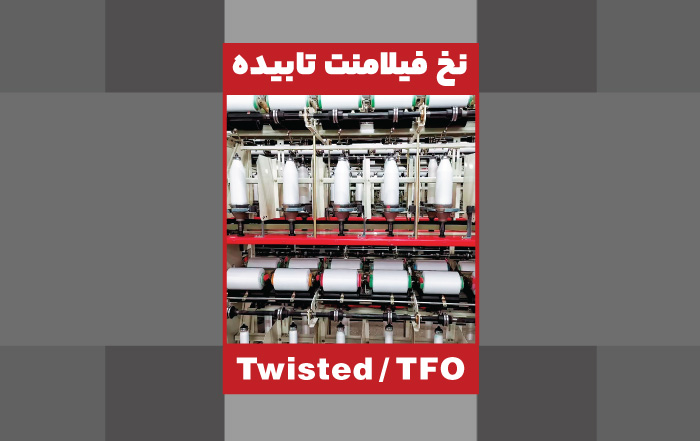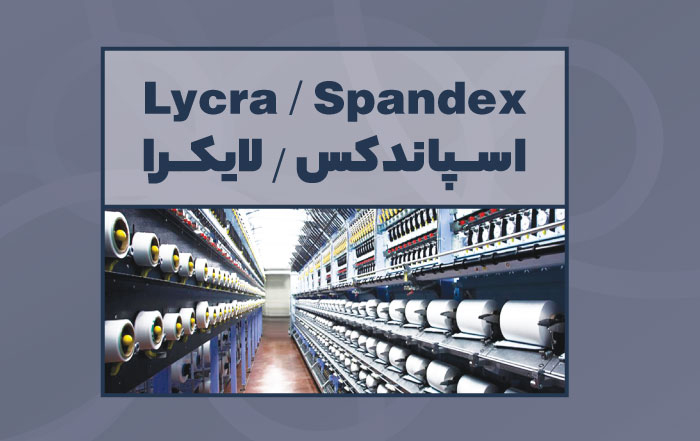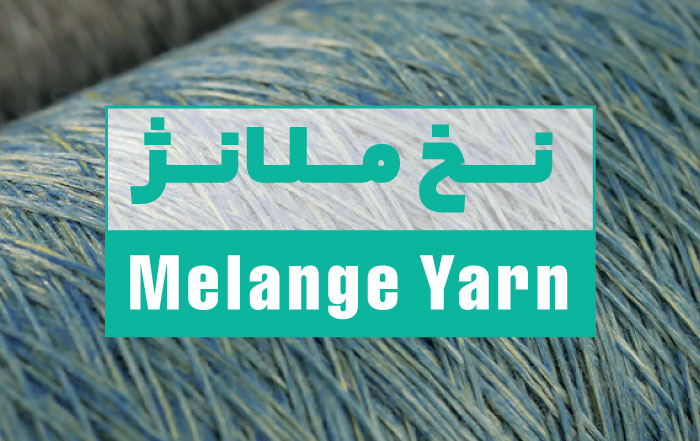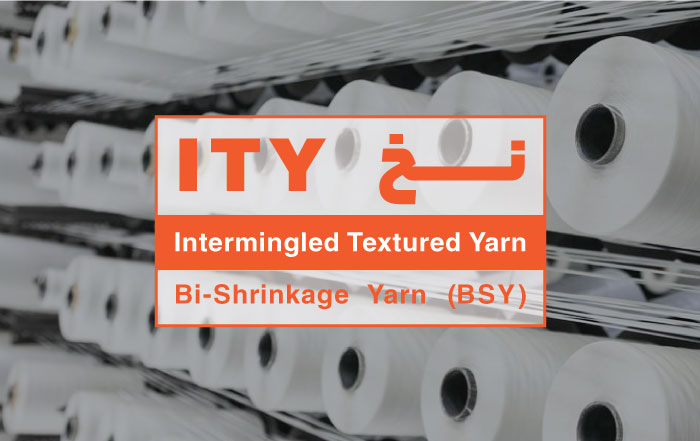For the production of DTY yarn, the semi-arranged yarn (POY) in the texturizing operation is subjected to tension and heat to achieve more arrangement, and curls and waves are created in it, causing the yarn to become bulky and fluffy. POY yarn does not have the necessary strength and conditions for use in weaving and knitting industries due to its low arrangement. The use of tension in the texturing process increases the degree of arrangement and strength of the yarn.
The texturizing process involves creating creases, curls, and waves in synthetic filament yarns. This operation is done to simulate the physical properties and subordination of synthetic yarns (polyester, nylon, etc.) to natural yarns (cotton, wool, etc.). Although synthetic yarns are superior to natural yarns in some cases, such as structure regularity, resistance to microorganisms and mold, and maintenance methods, they are often very smooth and hard and need to be modified in properties such as undercoat, thermal properties, etc. have.
For this reason, the process of texturing is used to make this happen. Texturing by changing the structure of the synthetic filament yarn turns its smooth surface into a more voluminous surface with a better underlay. Therefore, by using the texturizing process, the underhand of the yarn becomes soft and smooth, and its covering properties, heat retention and spring properties (reversibility in increasing the length) are improved. DTY yarn is produced in different colors (self dye) and as zero twist, Z twist and S twist.
Texturing methods
The basis of the texturizing operation is to change the shape of the yarn and then stabilize it, and its methods, from the past to the present, are briefly mentioned below:
- Staufferbox: In this method, the filaments are placed inside a warm chamber with pressure, and after leaving it and with the passage of time, they take the shape of “twist” and “curl and wave”.
- KDK (knit de-knit): in this method, by using knitting and splitting the fabric, the yarn without curls and waves is turned into a monofilament yarn.
- Friction disks: In this method, the yarn passes through the friction disks and a twist is created in it, and the deformation created in the yarn is immediately fixed by using heat.
- PIN: A process in which yarn is spun around a magnetic spindle and then deformed and stabilized using heat.
- Air pressure: the high pressure air flow makes the filaments of the yarn to be tied together and increases the volume and makes the yarn soft and fluffy and makes its properties similar to the yarn of natural fibers. (Air Textured Yarn or ATY)
Also, by creating a welding point or a knot (mingle) at certain distances from the DTY, the amount of filaments can be increased. In this sense, the types of DTY yarn include the following:
- Simple (no welding)
Intermingle (strong welding)
Cumingle or perimingle (weak welding)
DTY yarn is used in weaving and knitting, to produce clothes, bed sheets, curtains, blankets, rugs, carpets and industrial textiles.
- Fineness range: 50 to 1500 denier
- Filament number range: 48 to 576







Leave A Comment